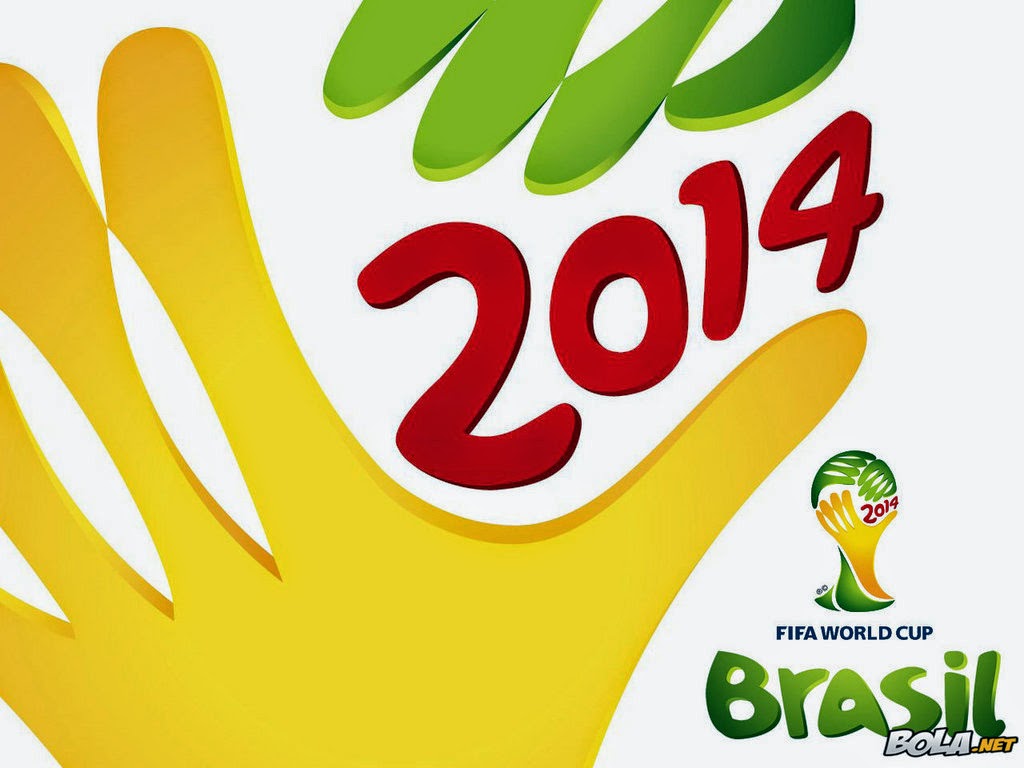This year was our 22nd year conducting the Brand Keys Sports Loyalty Index measuring all the teams for Major League Baseball, the National Basketball Association, the National Football League, and the National Hockey League. The Index rankings correlate very highly with viewership, purchase of licensed merchandise, and fan attendance. But we haven’t measured Major League Soccer. Ever.
Don’t get us wrong. We recognize that soccer is the most popular sport in the world. But in the United States, Major League Soccer has been a kind of UFO of Major League Sports; out there someplace, but not actually touching down in your back yard!
And even if you’re a soccer fan, you have to admit that the 32 teams of the 2014 FIFA World Cup are something different than, say, your kid’s local soccer team or even the LA Galaxy or the Colorado Rapids or the Philadelphia Union. And if those names aren’t familiar to you, you’re not alone. Professional soccer is a niche sport, the number of TV viewers for NFL games is 100 times more than any professional soccer match – even the D.C. United, ranked #1 in Major League Soccer’s Eastern Conference, which you likely didn’t know and, even more likely, don’t care that you didn’t know.
What we know is that the world watches the World Cup. Brazil – this year’s World Cup host – had 80% of their population watch at least 20 consecutive minutes of the 2010 World Cup, with that viewership trend showing up virtually everywhere else in the world other than the U.S. that is, where about 95 million people – a third of our population – watched at least 20 consecutive minutes of the last World Cup. And while it shouldn’t come as a surprise, it’s expected when the numbers come in, this year’s World Cup will end up the most-watched soccer match ever, which is a pretty good doorway for brand engagement, whether it turns out you are an “official” FIFA sponsor or not.
In a survey conducted June 19th through the 23rd among 1,212 U.S. viewers of any of the World Cup matches, 875 (72%) of them indicated that they would support brands that supported teams or players they are engaged with. OK, fair enough. And when asked which brand commercials (on TV or online) they had been most engaged with, here are the top-10 brands mentioned:
- Gatorade
- Hyundai
- Nike
- Adidas
- Kia
- VISA
- Coke
- Beats by Dre
- McDonald’s
- Budweiser
Interestingly, since engagement isn’t dependent on sponsorship status, not all the brands that made the list are actually “official” FIFA World Cup sponsors.
Ranked #1, Gatorade is an official sponsor of soccer – U.S. Soccer, the governing body of soccer in the United States, but not a FIFA sponsor. Number 3, Nike, who does sponsor teams, isn’t an official FIFA sponsor either – maybe just another good example of effective ambush marketing Nike has used in the past. Beats by Dre, #8, isn’t an official sponsor of World Cup Soccer, in fact so much not a sponsor that FIFA banned players from wearing their headphones in any stadia. The “official” FIFA World Cup sponsor is SONY, which didn’t make the top-10 list. Which is too bad because official sponsors pay a lot for their sponsorships, and they’re all looking for some sort of ROI beyond good seats at the matches: exposure, increased consumer awareness, engagement, and, ultimately increased sales.
FIFA vowed to crack down on “ambush marketing” this year to protect sponsors – and their own self-interests, too. Marketing rights sales for this year’s World Cup are their second largest source of income – just after broadcast rights. So in a move similar to the London Olympics’ “Brand Police,” World Cup non-sponsors are having their names taped over in Brazil stadia. Barney Ronay, sports writer at The Guardian, tweeted the following: “The brand name of the hand dryer in the Arena Sao Paulo toilets is taped over in case you see it and decide to buy one instead of a Coke.” Does that seem to you like an overreaction?
Well, probably not from a FIFA or sponsor brand POV. Brands invest a lot time, effort, and a lot of money in a World Cup sponsorship. Sometimes you can divine an answer by the way brands “vote” with their budgets – like counting the number of sponsorship renewals already signed: Adidas (#4 on our list) will be a sponsor until 2030, at the next four World Cups. Coke (#7), Hyundai-Kia (#s 2 & 5, respectively), and VISA (#6), have all signed up till 2022.
But with all the coverage and celebrating, the real question is will this be the year soccer goes mainstream in the United States? World Cup fever seems to be everywhere you look, but some sports and sponsorship pundits suggest that when World Cup is over, soccer will just fade away again in the U.S.
Highly engaged brands, on the other hand, are a different story. They’ll be as bright as ever.
Connect with Robert on LinkedIn.
Find out more about what makes customer loyalty happen and how Brand Keys metrics is able to predict future consumer behavior: brandkeys.com. Visit our YouTube channel to learn more about Brand Keys methodology, applications and case studies.
Share this:
